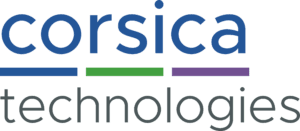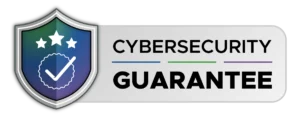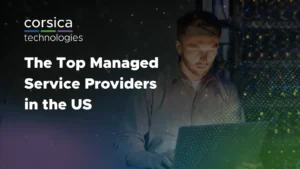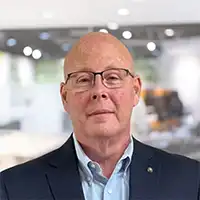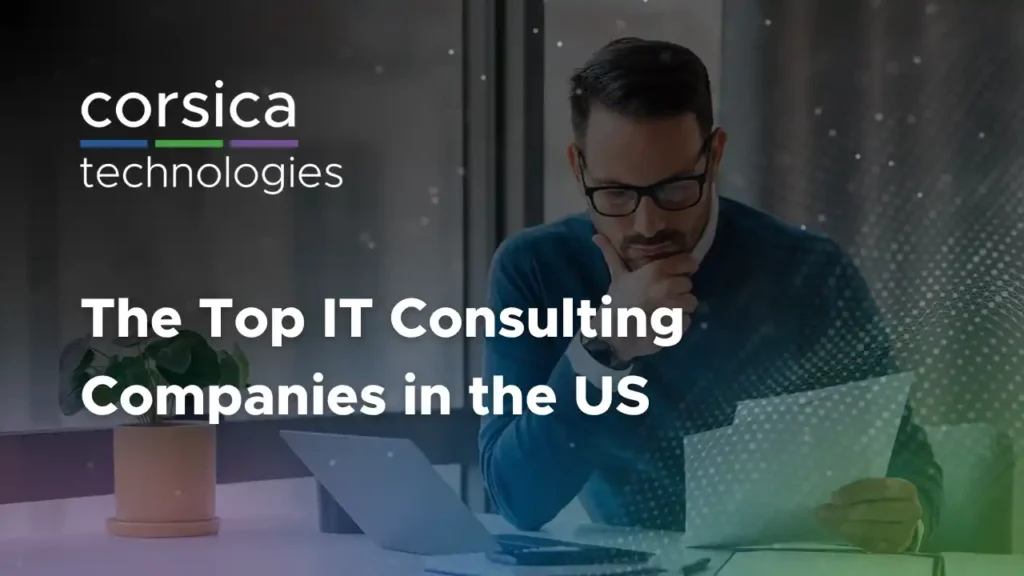Last updated October 30, 2025.
In today’s fast-paced business world, many companies find themselves stuck in a cycle.
How do you truly modernize IT, rather than replacing “like for like?”
How do you use technology to drive business outcomes?
The “greenfield” strategy is the answer. You design your IT infrastructure from the ground up, as if starting with a blank slate. This method encourages a full-scale review of your organization’s goals, free from the constraints of legacy systems.
Here’s everything you need to know.
Key takeaways:
- Modernizing IT should be viewed as a strategic initiative, not a 1:1 replacement project. Put everything on the table.
- The greenfield approach allows you to design ideal solutions for today’s problems, not yesterday’s.
- IT modernization should be driven by clear, strategic business objectives.
- An IT modernization roadmap can help clarify your strategic journey.
What is an IT infrastructure refresh, really?
An IT infrastructure refresh is the necessary process of replacing outdated hardware and software. This cycle, typically occurring every three to five years, is often triggered by expiring warranties, performance degradation, or the end of a hardware’s supported lifespan.
Traditionally, this meant a large, upfront capital expenditure. This was needed to purchase new servers, networking gear, and other equipment.
The mistake many businesses make is viewing this as a simple swap-out.
A refresh should be a strategic initiative—a chance to ask critical questions about your business’s future. Consider how your technology can support those ambitions. Modern approaches are shifting this model from a large capital expense to a predictable operating expense.
For example, HaaS (Hardware as a Service) enables businesses to access up-to-date equipment for a flat monthly fee. This eliminates the burden of ownership and simplifies the entire refresh cycle.
This is where a greenfield mindset becomes invaluable, pushing for a forward-thinking strategy rather than just a reactive hardware purchase.
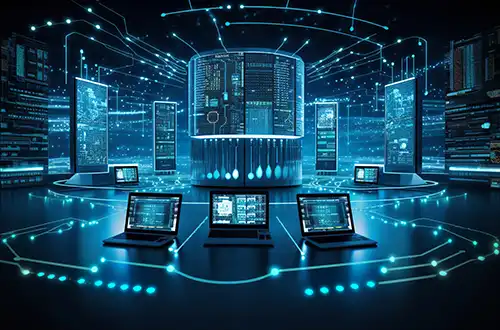
What is IT modernization?
IT modernization is the strategic process of updating an organization’s technology.
It includes applications and infrastructure to be more agile, efficient, and secure. It’s not just about replacing old hardware; it’s about fundamentally improving how your business operates.
True modernization aligns your technology with your business goals. This enables you to reduce operational costs, mitigate security risks, and deliver better experiences to both your employees and your customers.
Modernization often involves moving away from rigid, on-premises legacy systems toward more flexible solutions. These include cloud computing, SaaS applications, and hybrid environments.
The ultimate goal is to create a technology foundation that can adapt to market changes and support long-term growth.
Why should your business adopt a greenfield mindset?
Shifting from a “brownfield” (building on what you have) to a “greenfield” (starting fresh) mindset offers several powerful advantages for modernization.
It allows for a complete re-evaluation of your IT infrastructure, enabling your organization to:
- Innovate Without Constraints: Free from the limitations of legacy systems, you have the flexibility to adopt modern architectural designs. You can choose technologies that are the right fit for your current needs.
- Optimize for Future Growth: A greenfield project is designed with scalability in mind, ensuring your infrastructure can adapt. It changes and grows as your business requirements do.
- Build a Modern Security Framework: Starting from scratch provides the perfect opportunity to implement a multi-layered, zero-trust security model. This is far more effective in today’s threat landscape than the outdated “castle-and-moat” approach.
- Improve Efficiency and Control Costs: By strategically leveraging cloud services and right-sizing hardware, organizations can reduce their on-premises footprint. This helps streamline operations and gain better control over long-term costs. This focus on driving business value through technology is a core part of how Corsica differs from other providers.

What are the key steps to a successful greenfield IT project?
A successful greenfield project is built on careful planning and expert execution. The key steps include:
- Define the Business Outcome: The process must begin with a clear understanding of what the organization wants to achieve. This requires strategic conversations with leadership to define the desired future state.
- Create a Strategic Roadmap: With the outcome defined, you can build a detailed roadmap. This plan should outline the necessary steps, realistic timelines, and resources required to get from your current state to your future goal. For guidance on building your roadmap, our consulting services can provide the expert direction you need
- Embrace a Hybrid Strategy: For most mid-market organizations, a hybrid model combines on-premises and cloud resources. It is the most effective and cost-efficient approach. This allows you to leverage the cloud where it makes sense while keeping critical applications or data on-premises as needed. At Corsica, our services are designed to support and optimize these exact types of hybrid environments.
- Prioritize Strategic Planning: Don’t go it alone. True modernization requires expertise in both business strategy and technology. Partnering with experts who can translate your business goals into a technical strategy is crucial for success.
By embracing a greenfield approach to your next IT refresh, your organization can break free from the limitations of legacy systems. You can build an infrastructure that is agile, secure, and perfectly aligned with your future goals.
This strategic shift requires a change in mindset—moving from a reactive, iterative cycle to a proactive, outcome-driven strategy. This shift positions your business for long-term success.
Can Corsica Technologies help upgrade legacy systems?
Absolutely! The Corsica team has upgraded many legacy systems for clients, either taking full ownership of the project or working alongside the customer’s internal IT staff. Upgrading legacy systems, also known as digital transformation, is one of the best ways an organization can improve their operational efficiency and cybersecurity.
Learn more here:

Want to learn more about IT modernization?
Reach out to schedule a consultation with our IT specialists.

